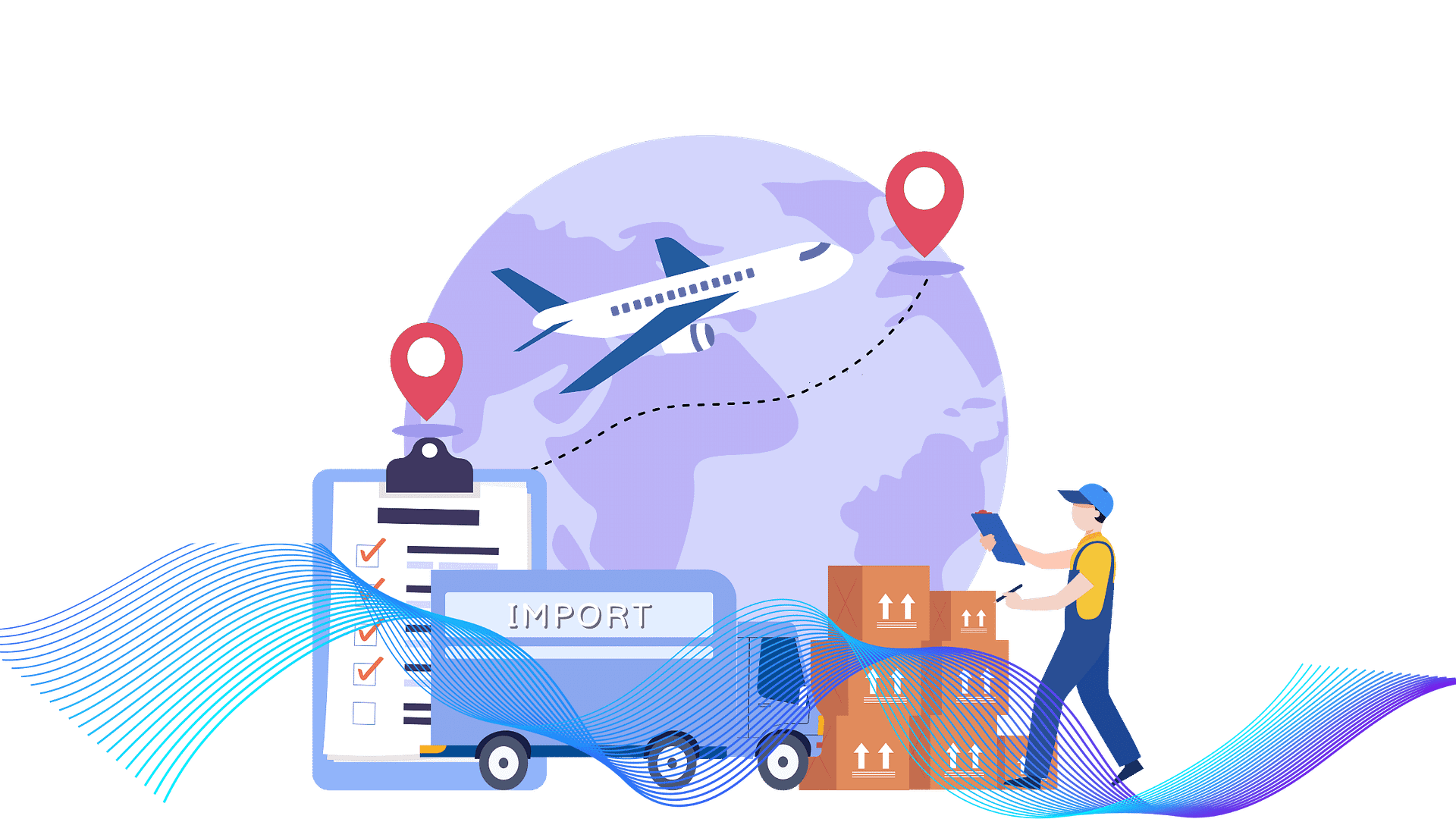Streamlining Logistics and Transportation: Efficient Solutions for a Seamless Supply Chain
Discover the latest trends and innovations in logistics and transportation, tailored for trucking companies, logistics professionals, shippers, brokers, owner-operators, and dispatchers. Learn how to optimize your supply chain and stay ahead in the industry.
Introduction:
The logistics and transportation industry is the backbone of global commerce, ensuring the smooth movement of goods from one place to another. With the rise of e-commerce and increasing customer expectations, the demand for efficient logistics and transportation services has never been higher. In this article, we’ll delve into the latest trends, challenges, and solutions in the industry, providing valuable insights for trucking companies, logistics professionals, shippers, brokers, owner-operators, and dispatchers.
The Importance of Logistics and Transportation:
Logistics and transportation play a vital role in maintaining a seamless supply chain. The industry’s impact on the economy is significant, with the Council of Supply Chain Management Professionals estimating that logistics costs account for around 10% of the global GDP. Efficient logistics and transportation services can make all the difference in a company’s bottom line, customer satisfaction, and competitive advantage.
Challenges Faced by the Industry:
Despite its importance, the logistics and transportation industry faces numerous challenges, including:
- Capacity Constraints: The shortage of qualified drivers and limited truck capacity can lead to delays and increased costs.
- Congestion and Infrastructure: Traffic congestion and inadequate infrastructure can result in longer transit times and higher fuel consumption.
- Visibility and Tracking: Lack of real-time visibility and tracking capabilities can make it difficult to monitor shipments and manage exceptions.
- Sustainability and Environmental Impact: The industry’s carbon footprint and environmental impact are under scrutiny, with increasing pressure to adopt eco-friendly practices.
Emerging Trends and Solutions:
To address these challenges, the logistics and transportation industry is embracing innovative solutions and technologies, including:
- Digitalization and Automation: Implementing digital platforms, automation, and AI to streamline operations, enhance visibility, and improve efficiency.
- Electric and Alternative Fuel Vehicles: Adopting eco-friendly vehicles to reduce carbon emissions and minimize environmental impact.
- Predictive Analytics and Data Science: Leveraging data analytics and predictive modelling to optimize routes, manage capacity, and improve supply chain resilience.
- Collaborative Robotics and Warehouse Automation: Utilizing robots and automation to enhance warehouse efficiency and reduce labour costs
Best Practices for Optimizing Logistics and Transportation:
To stay ahead in the industry, consider the following best practices:
- Invest in Digitalization and Automation: Adopt digital platforms and automation to enhance visibility, efficiency, and customer satisfaction.
- Embrace Sustainability and Eco-Friendliness: Explore alternative fuel vehicles, carbon offsetting, and sustainable practices to reduce your environmental footprint.
- Develop Strategic Partnerships: Foster collaborative relationships with shippers, brokers, and carriers to optimize capacity and reduce costs.
- Stay Up-to-Date with Industry Trends and Regulations: Continuously educate yourself on the latest industry developments, regulations, and technologies.
Conclusion:
The logistics and transportation industry is at a crossroads, with emerging trends and technologies offering opportunities for growth and improvement. By understanding the challenges and embracing innovative solutions, trucking companies, logistics professionals, shippers, brokers, owner-operators, and dispatchers can optimize their operations, enhance customer satisfaction, and reduce their environmental footprint. By leveraging digitalization, automation, predictive analytics, and sustainable practices, the industry can overcome capacity constraints, congestion, and visibility issues, ultimately creating a more efficient, resilient, and eco-friendly supply chain for the future.
